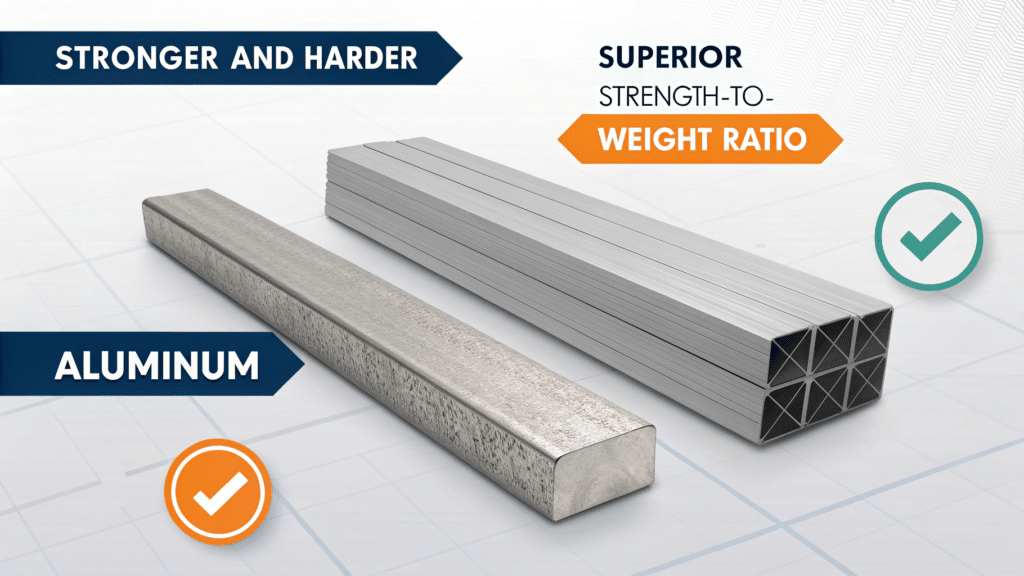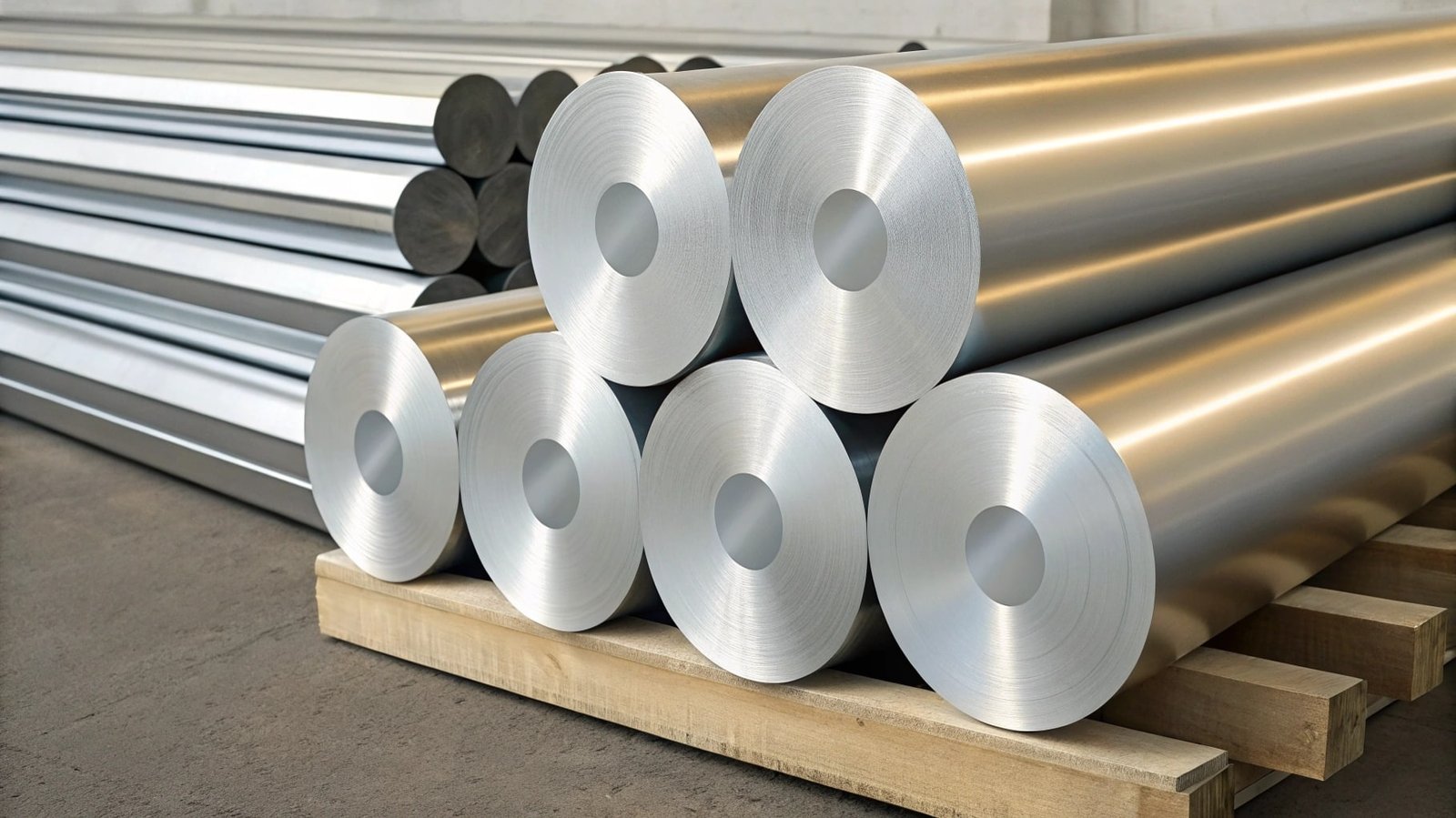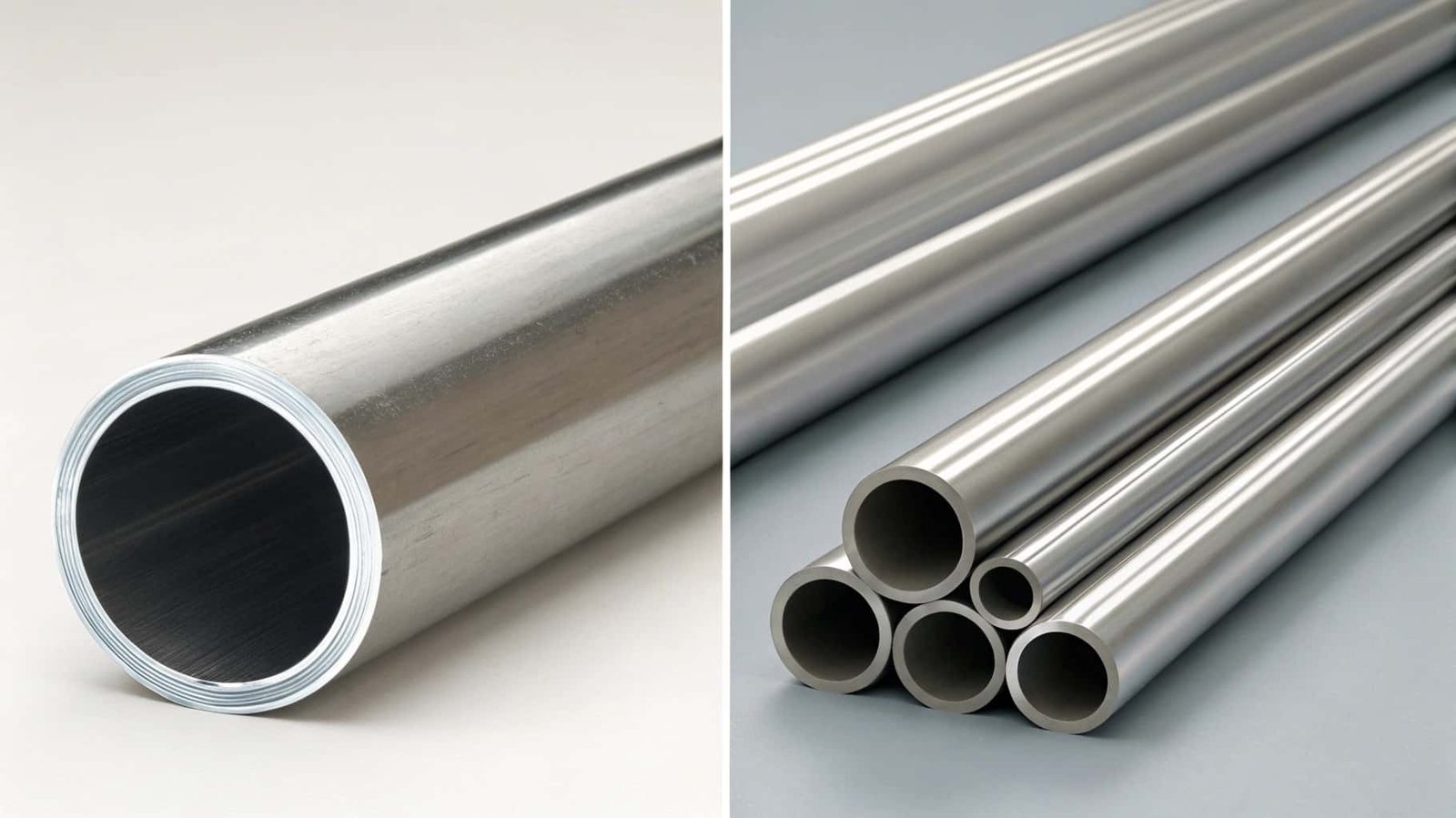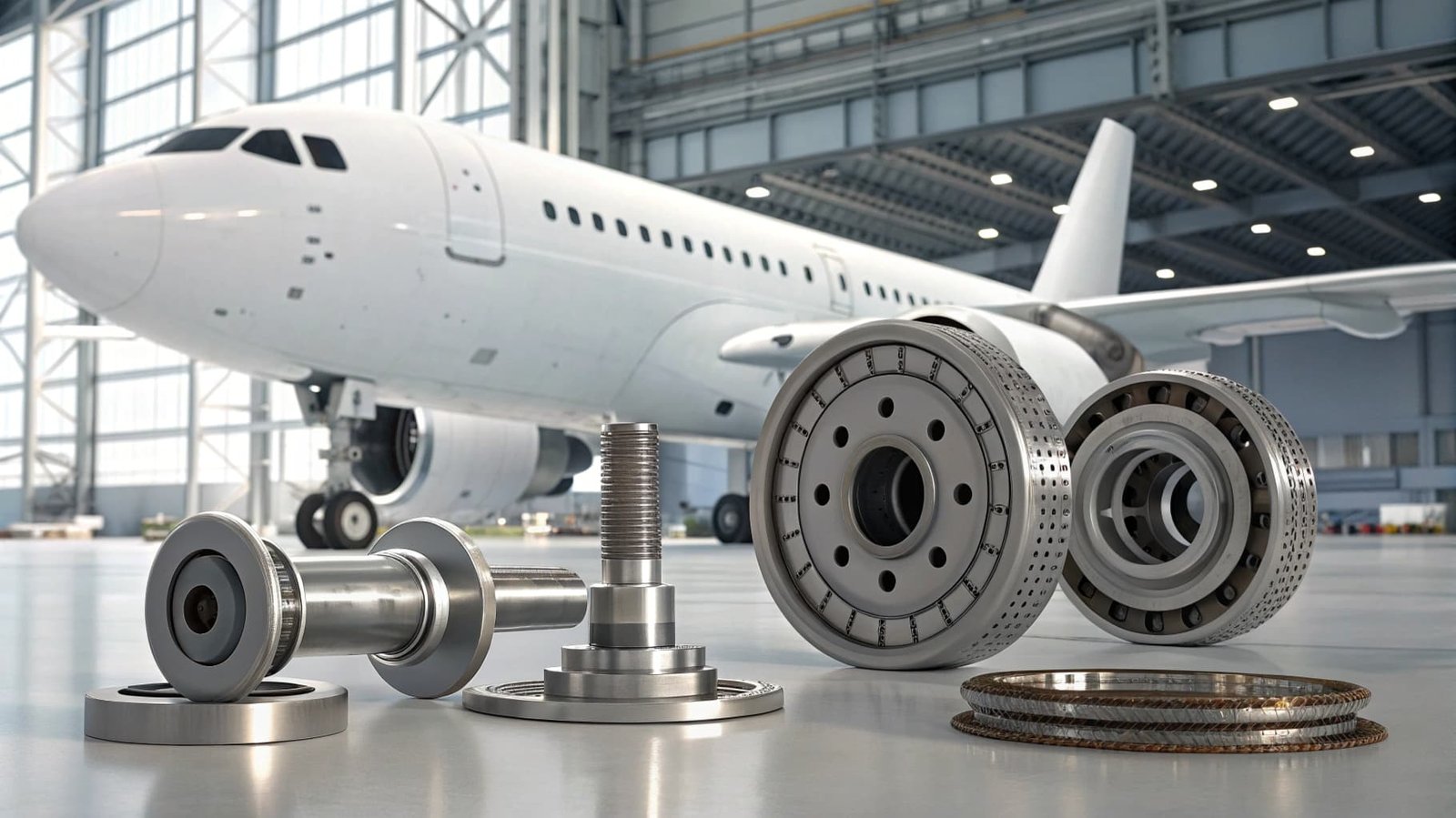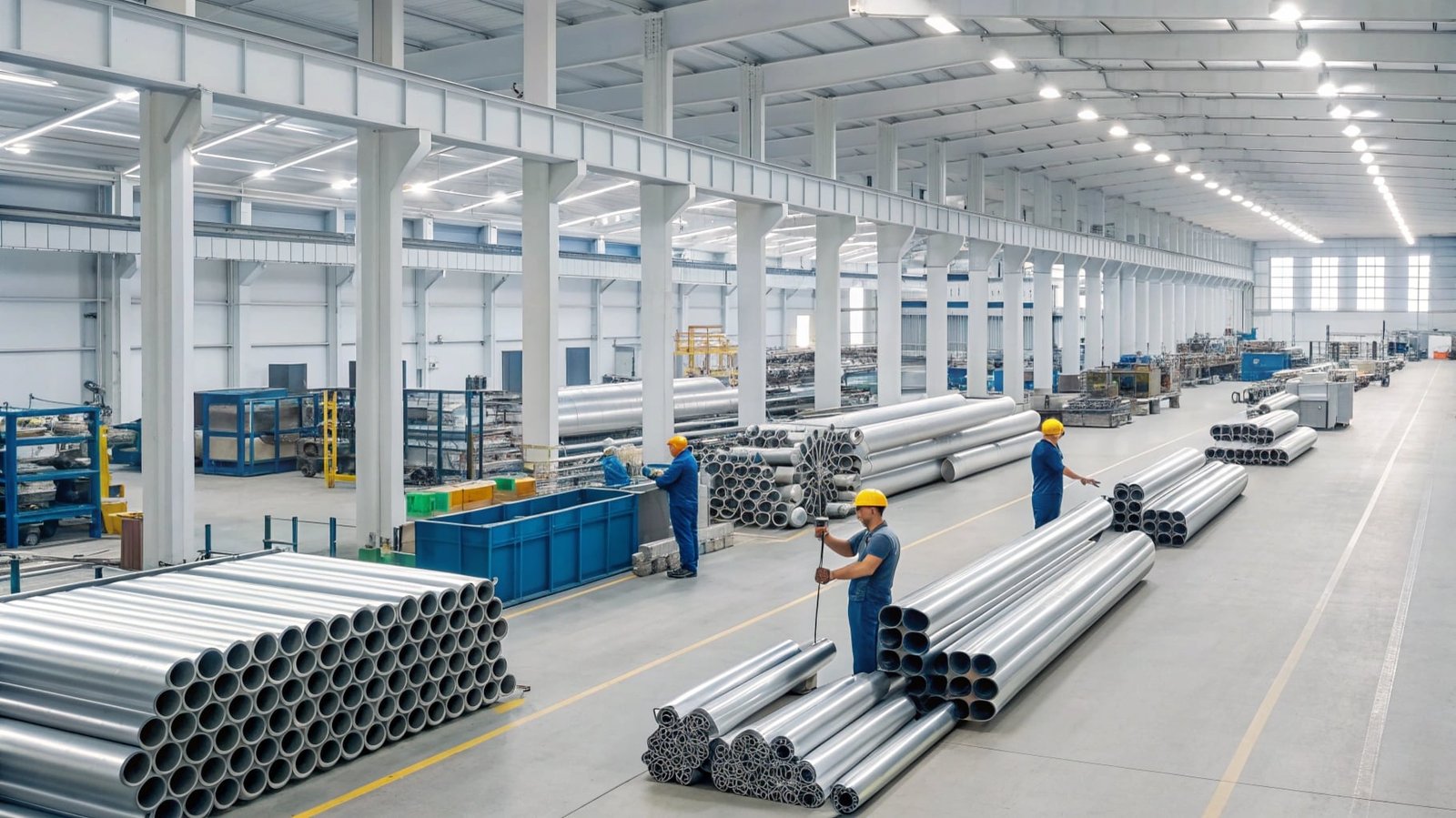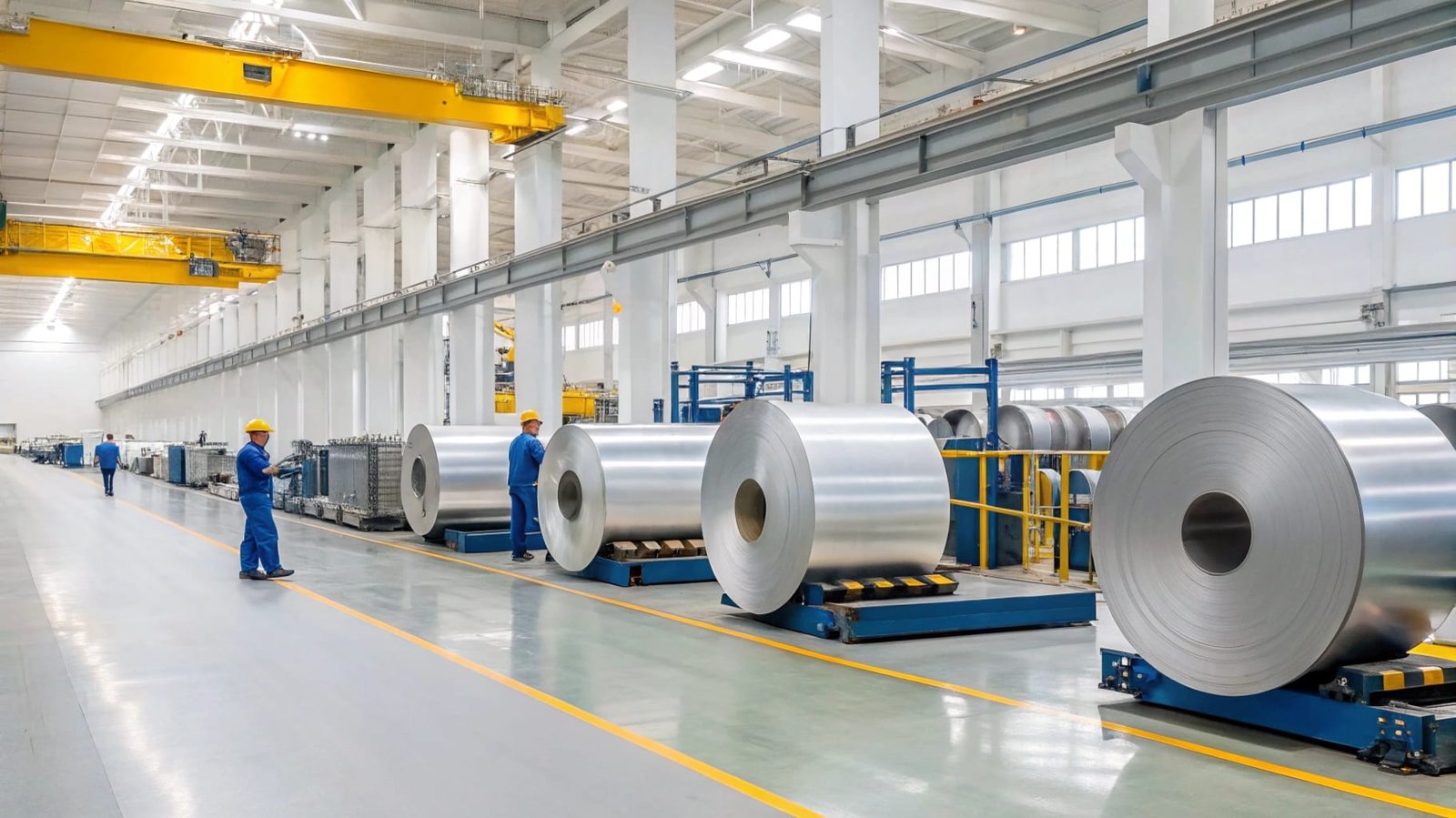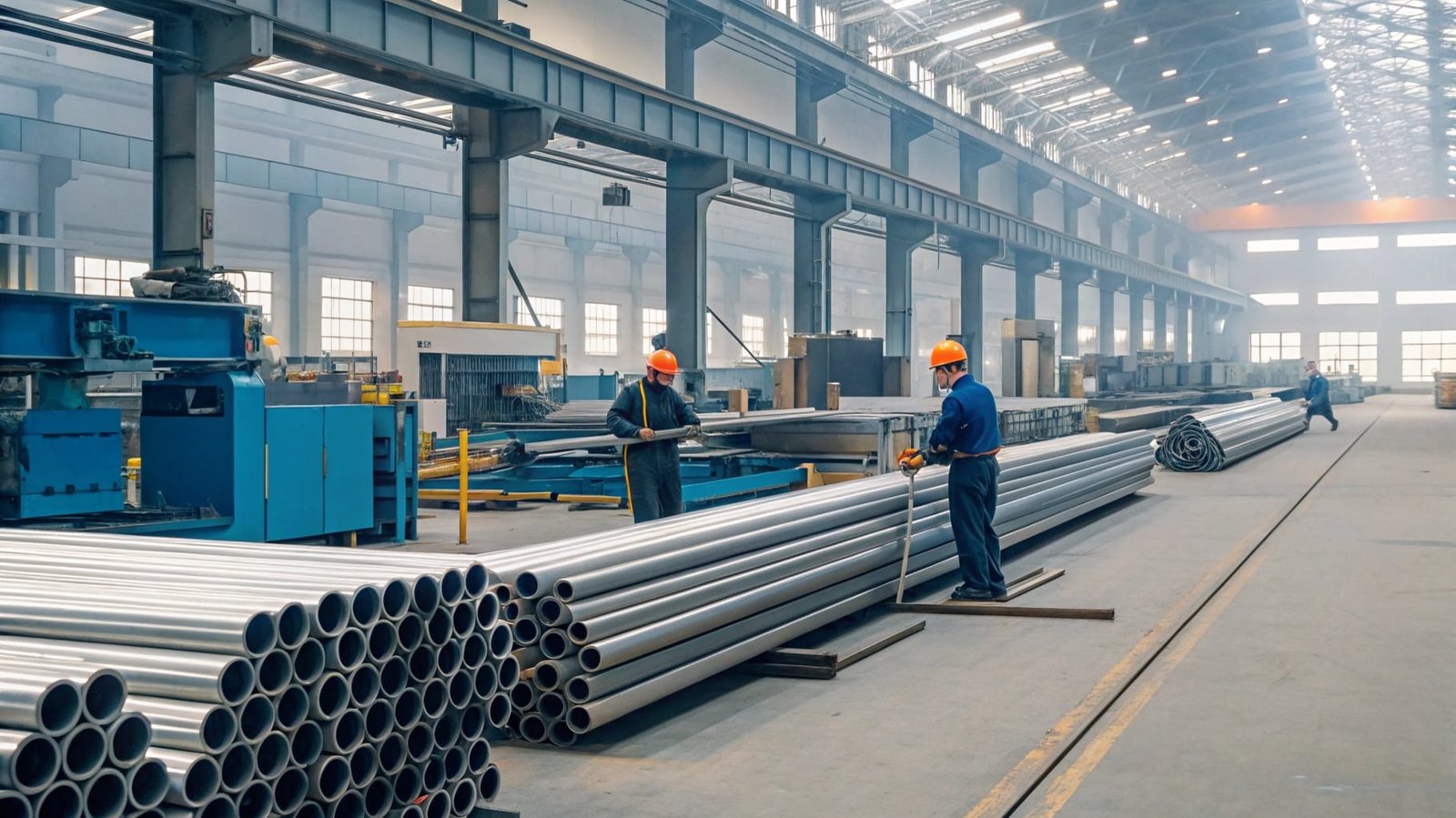Need aluminum tubes but unsure how they come about? The manufacturing process can seem complex, raising questions about the best type for your specific needs. Let us clarify the process.
Aluminum tubes are primarily made using two methods: extrusion for smaller diameters (under 300mm), which is cost-effective for longer lengths, and forging for larger diameters (over 300mm), offering high strength but at a higher cost and shorter lengths.
Understanding how these tubes are created helps you choose the right product for your project. The method used affects the tube's properties, cost, and potential applications. Let's explore these methods and related questions further.
How is an aluminum tube made in detail?
Confused about the specific steps in making aluminum tubes? Knowing the details helps select the right manufacturing method for your requirements, impacting cost and performance. We can break it down.
The two main processes are extrusion and forging. Extrusion involves pushing heated aluminum through a shaped die. Forging involves shaping heated aluminum under immense pressure using dies or hammers. Each method suits different sizes and application demands.
Let's dive deeper into these two common methods. At SWA Forging, while we specialize in large-diameter forged rings and discs, understanding both processes is key to serving our clients, whether they need extruded or forged materials.
Extrusion Process
This is the most common method for smaller diameter tubes, typically under 300mm OD.
Billet Heating: An aluminum alloy1 billet (a solid block) is heated to a specific temperature (usually around 450-500°C) to make it malleable, but not molten.
Loading: The heated billet is placed into the container of an extrusion press.
Extrusion: A high-pressure ram pushes the billet through a die. The die has an opening shaped like the desired tube profile, often with a mandrel in the center to create the hollow shape. The aluminum flows through the die and emerges as a long tube.
Cooling: The extruded tube is cooled using air or water quenches.
Stretching & Cutting: The tube may be stretched to straighten it and align its internal structure, then cut to required lengths.
Aging/Heat Treatment: Depending on the alloy and desired properties, further heat treatment (aging) might be applied to increase strength.
Forging Process
This method is often used for larger diameter tubes (over 300mm OD) or when specific mechanical properties are critical.
Material Heating: A piece of aluminum alloy is heated to forging temperature.
Shaping: The heated aluminum is placed between dies and shaped using immense pressure from a forging press or hammer. For tubes, this might involve piercing a solid billet and then expanding it on a mandrel (similar to ring forging, which is our specialty at SWA Forging).
Finishing: The forged tube might require machining to achieve final dimensions and surface finish. Like extrusions, heat treatment may follow.
Material Heating: A piece of aluminum alloy is heated to forging temperature.
Shaping: The heated aluminum is placed between dies and shaped using immense pressure from a forging press or hammer. For tubes, this might involve piercing a solid billet and then expanding it on a mandrel (similar to ring forging, which is our specialty at SWA Forging).
Finishing: The forged tube might require machining to achieve final dimensions and surface finish. Like extrusions, heat treatment may follow.
Here's a quick comparison:
| Feature | Extrusion | Forging |
|---|---|---|
| Typical OD | < 300mm | > 300mm |
| Cost | Lower | Higher |
| Length | Longer lengths possible | Length limited by process/billet size |
| Grain Flow | Linear | Can be oriented for specific strength |
| Application | General structural, fluid lines, heat exchangers | High-stress applications, large diameters |
What is the difference between aluminum pipe and aluminum tube?
Using the terms 'pipe' and 'tube' interchangeably? This common confusion can lead to ordering the wrong product, causing delays and compatibility issues in your project. Let's clear this up.
The key difference lies in how they are measured and their intended use. Tubes are measured by their exact Outside Diameter (OD) and wall thickness (WT) for structural or precision applications. Pipes are measured by Nominal Pipe Size (NPS) and schedule (wall thickness), relating to fluid carrying capacity.
Understanding this distinction is crucial, especially for our trader and machining clients who need precise specifications. While both are hollow cylinders, their applications and how you order them are quite different. Let's look closer.
Aluminum Tube
- Measurement: Specified by the actual Outside Diameter (OD) and Wall Thickness (WT). Tolerances are usually tighter than for pipes.
- Shapes: Can be round, square, rectangular, or other custom shapes.
- Applications: Primarily used in structural applications, mechanical components, heat exchangers, and situations where precise dimensions are critical. Think framework, railings, machine parts. Our machining clients often require tubes with specific OD and WT for their CNC processes.
- Strength: Often chosen for its strength-to-weight ratio in structural designs.
Aluminum Pipe
- Measurement: Specified by Nominal Pipe Size (NPS) and Schedule (SCH). NPS is a dimensionless indicator roughly related to the Inside Diameter (ID) for smaller sizes, but not exact. Schedule number indicates the wall thickness (higher schedule = thicker wall).
- Shapes: Almost always round.
- Applications: Primarily used for transporting fluids or gases. The ID is critical for flow calculations. Think plumbing, irrigation, compressed air lines.
- Pressure Rating: Schedule number directly relates to the pressure the pipe can handle.
Here's a table summarizing the differences:
| Feature | Aluminum Tube | Aluminum Pipe |
|---|---|---|
| Measured By | Exact OD & Wall Thickness | Nominal Pipe Size (NPS) & Schedule |
| Key Dimension | OD for structural fit | ID (approx.) for flow capacity |
| Shapes | Round, Square, Rectangular, Custom | Typically Round |
| Tolerances | Tighter | Looser |
| Primary Use | Structural, Mechanical, Precision | Fluid / Gas Transport |
| Common Users | Machining shops, Fabricators | Plumbers, Process Industries |
At SWA Forging, while we focus on large forged items, the components often function structurally, aligning more with the 'tube' definition in terms of dimensional precision, even at large scale.
Is an aluminium tube stronger than steel?
Choosing between aluminum and steel for strength? Making the wrong choice can compromise safety or add unnecessary weight and cost to your project. It's a common question with a nuanced answer.
No, steel is generally stronger and harder than aluminum on a direct volume-to-volume comparison. However, aluminum has a superior strength-to-weight ratio, meaning it is stronger for its weight. This makes aluminum ideal where weight saving is critical.
The best choice depends entirely on the application's priorities: absolute strength, weight, corrosion resistance, or cost. Let's break down the comparison further.
Steel typically has higher tensile and yield strength values than most common aluminum alloys. It's also denser, roughly three times heavier than aluminum. This density difference is key. If you have two tubes of the exact same dimensions, the steel one will likely be stronger but much heavier.
However, if you compare them by weight, aluminum shines. An aluminum tube can provide similar structural rigidity to a steel tube but at a significantly lower weight (often 30-50% lighter). This is why aluminum alloys are heavily used in aerospace, automotive (especially for lightweighting), and applications where portability matters. I remember working on a project where switching specific components from steel to a high-strength aluminum alloy drastically improved fuel efficiency without compromising safety.
Other factors to consider:
- Corrosion Resistance: Aluminum naturally forms a protective oxide layer, giving it excellent corrosion resistance in many environments. Steel typically requires coatings (like galvanizing or paint) to prevent rust.
- Workability: Aluminum is generally easier to machine, form, and extrude than steel.
- Cost: Raw material costs fluctuate, but steel is often cheaper per pound. However, the lower weight of aluminum might mean less material is needed, and easier processing can reduce manufacturing costs.
| Property | Aluminum (Typical Alloys) | Steel (Mild/Carbon) |
|---|---|---|
| Density | ~2.7 g/cm³ | ~7.85 g/cm³ |
| Strength (Tensile) | Lower to Moderate | Moderate to High |
| Strength-to-Weight | Excellent | Good |
| Hardness | Lower | Higher |
| Corrosion Resist. | Excellent | Poor (requires protection) |
| Workability | Excellent | Good |
| Cost (per weight) | Higher | Lower |
At SWA Forging, we supply various aluminum alloys, each offering different strength characteristics tailored to specific high-demand applications.
What is the manufacturing process of collapsible tube?
Ever wonder how thin aluminum tubes like those for toothpaste or ointments are made? Their thin walls and flexibility suggest a different process than structural tubes. Let's look into it.
Collapsible aluminum tubes are typically made using a process called impact extrusion. This involves striking a small aluminum disc (slug) with a high-speed punch inside a die cavity, forcing the metal to flow backward up around the punch, forming the thin tube walls.
This method is very different from the direct extrusion or forging used for thicker-walled industrial tubes. It's designed specifically for creating thin-walled, seamless containers quickly and efficiently. Let's explore the steps.
The impact extrusion process generally involves:
- Slug Preparation: Small, thick discs or 'slugs' of high-purity aluminum are punched from sheet or cut from rod. They need to be clean and often annealed (softened).
- Lubrication: The slugs are lubricated to aid metal flow and prevent sticking during the high-pressure impact.
- Impact Extrusion: The lubricated slug is placed in a confining die cavity. A punch descends at high speed, striking the slug. The intense pressure forces the aluminum to 'squirt' or flow rapidly backward (reverse extrusion) up the sides of the punch, forming the thin tube walls in an instant. The base and nozzle/neck are formed simultaneously by the shape of the die and punch tip.
- Trimming: The top edge of the extruded tube is trimmed to achieve a uniform length.
- Annealing (Optional): The tubes might be annealed again to make them fully soft and collapsible.
- Internal Coating: A protective internal lacquer is often applied and cured, especially for food or pharmaceutical products.
- External Coating & Printing: A base coat is applied, cured, and then the desired graphics are printed onto the tube.
- Capping: Finally, the cap is applied to the threaded neck.
This process is highly specialized for producing large volumes of thin-walled containers. While SWA Forging focuses on robust forged components, understanding impact extrusion highlights the incredible versatility of aluminum and how different manufacturing techniques create vastly different products from the same base material.
| Step | Description | Purpose |
|---|---|---|
| Slug Preparation | Create small, clean, soft aluminum discs | Starting material for extrusion |
| Lubrication | Apply lubricant to slugs | Reduce friction, aid metal flow |
| Impact Extrusion | Strike slug with high-speed punch in die | Form tube walls, base, and neck rapidly |
| Trimming | Cut top edge to uniform length | Ensure consistent product size |
| Annealing (Optional) | Heat treat to soften the tube | Ensure collapsibility |
| Internal Coating | Apply protective lacquer inside | Prevent reaction between product and aluminum |
| External Printing | Apply base coat and print graphics | Branding and product information |
| Capping | Apply closure | Seal the tube |
Conclusion
Aluminum tubes are mainly made by extrusion for smaller sizes offering longer lengths cost-effectively, or by forging for larger diameters needing high strength. Pipe and tube differ in measurement and use. Aluminum offers superior strength-to-weight compared to steel.
-
Exploring this resource will provide insights into the versatility and strength of aluminum alloys in various applications. ↩


